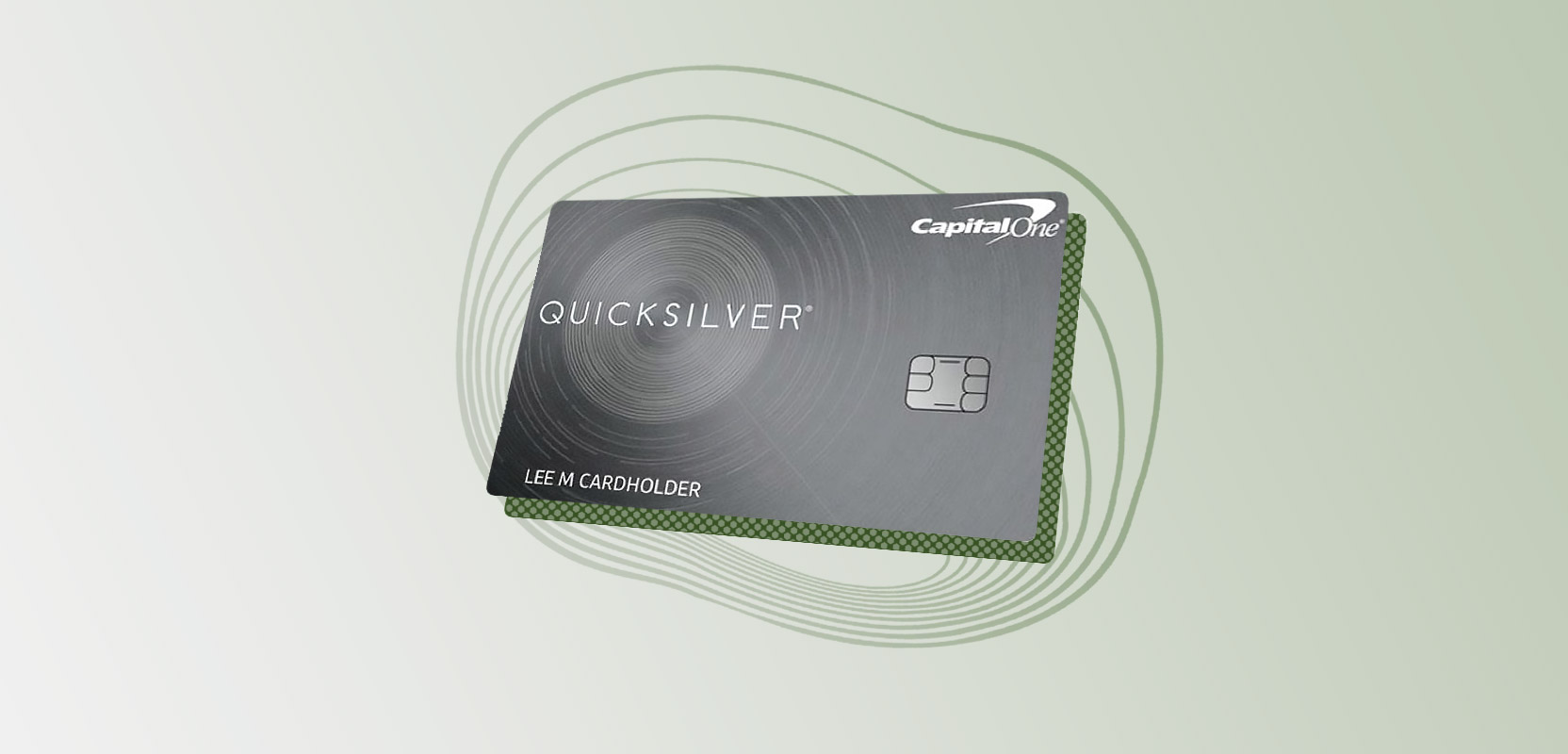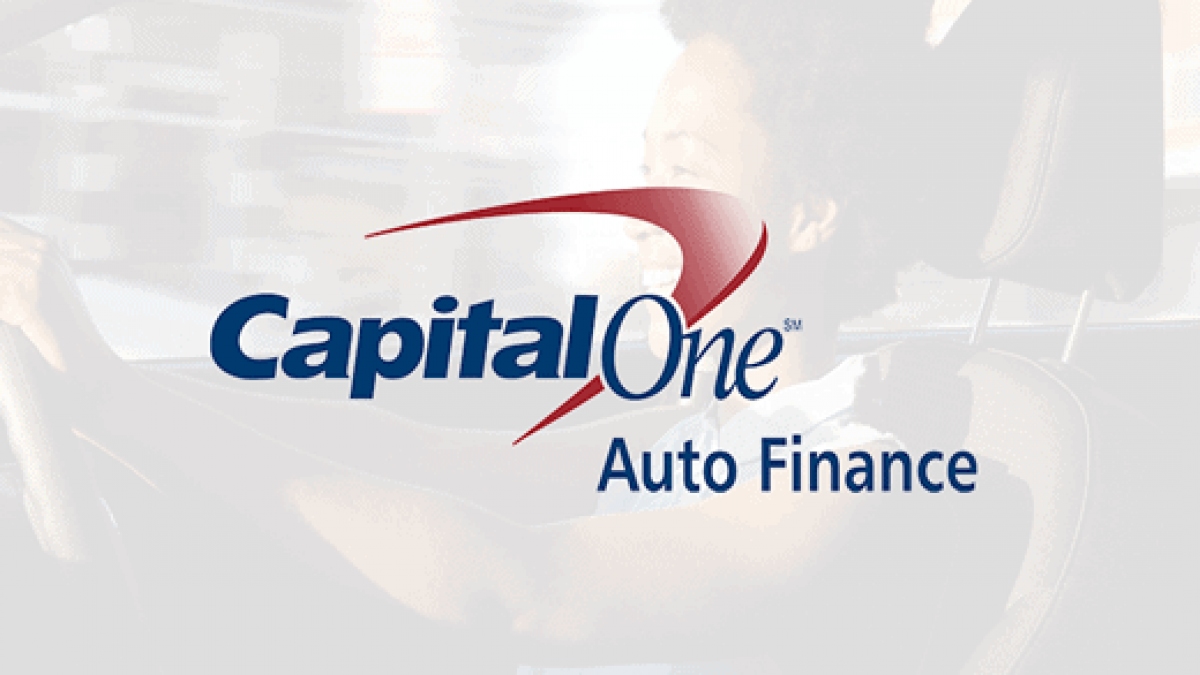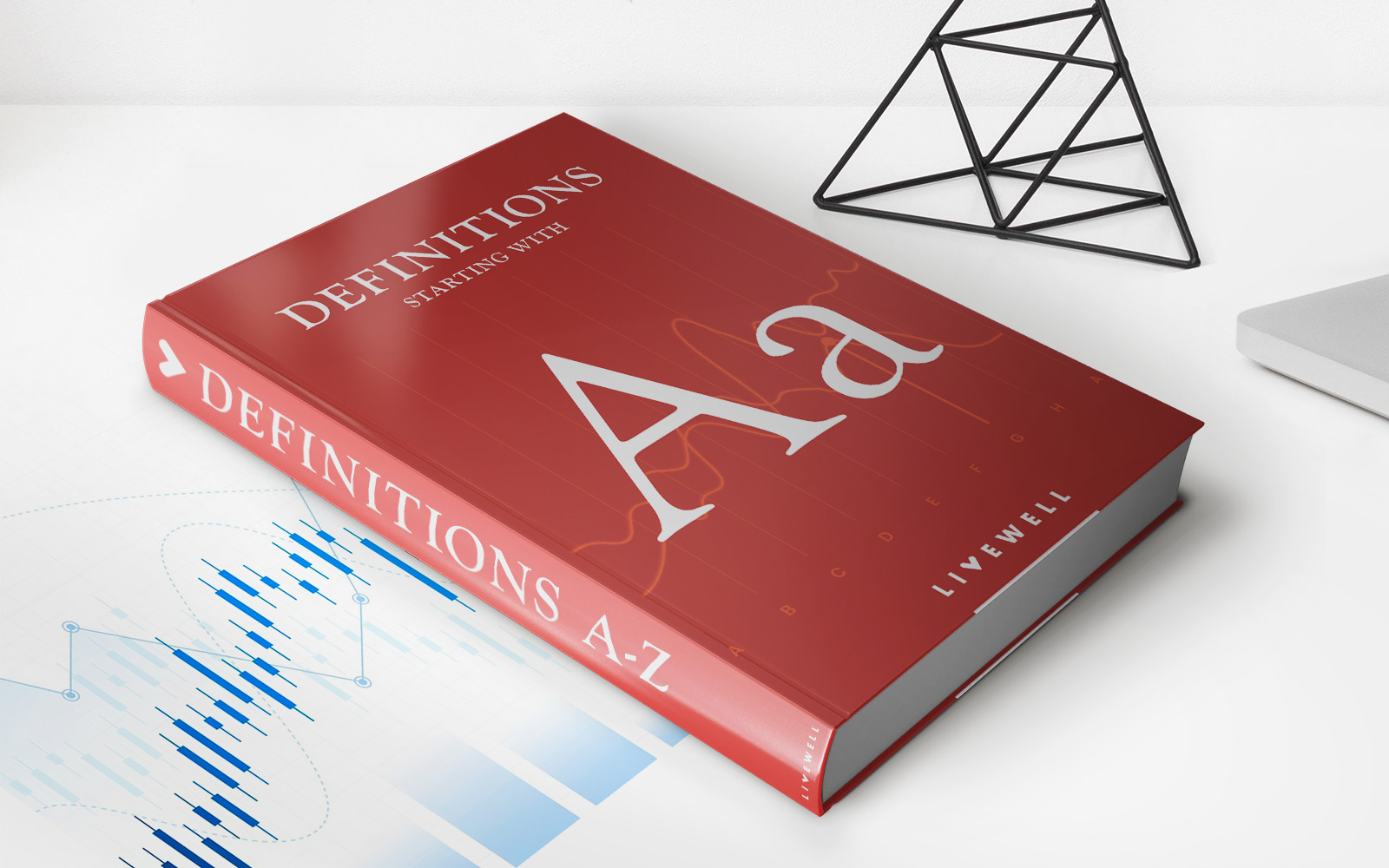Home>Finance>What Are The Grace Period Days For Capital One Auto Loans?


Finance
What Are The Grace Period Days For Capital One Auto Loans?
Published: February 21, 2024
Learn about the grace period days for Capital One auto loans and manage your finance effectively. Understand how to utilize the grace period to your advantage.
(Many of the links in this article redirect to a specific reviewed product. Your purchase of these products through affiliate links helps to generate commission for LiveWell, at no extra cost. Learn more)
Table of Contents
Introduction
In the realm of personal finance, the concept of a grace period holds significant value, offering individuals a leeway to manage their financial obligations without incurring penalties. When it comes to auto loans, understanding the grace period can be particularly advantageous, providing borrowers with a window of time to submit their payment without facing adverse consequences. Capital One, a prominent player in the financial services industry, extends this benefit to its auto loan customers, allowing them to navigate their repayment responsibilities more effectively.
Grace periods are a fundamental aspect of loan agreements, imparting a sense of flexibility to borrowers and serving as a buffer against potential late fees or negative credit reporting. The specifics of these grace periods can vary depending on the lender and the type of loan, making it essential for borrowers to grasp the terms and conditions outlined in their loan agreements. For Capital One auto loan recipients, comprehending the nuances of the grace period can empower them to manage their finances prudently and make timely payments in alignment with their budgetary constraints.
As we delve into the realm of grace periods for Capital One auto loans, it's important to gain a comprehensive understanding of this financial mechanism, its practical implications, and the strategies that borrowers can employ to leverage this benefit to their advantage. By shedding light on the intricacies of grace periods and highlighting the specific features of Capital One's approach, we aim to equip borrowers with the knowledge needed to navigate their auto loan repayment journey with confidence and financial acumen.
Understanding Grace Periods
A grace period, in the context of loan repayment, refers to the specified duration following the due date during which a borrower can submit their payment without incurring late fees or facing negative consequences such as credit score impact. This period acts as a safeguard, providing borrowers with a reasonable window of time to fulfill their financial obligations without penalty. It is important to note that while the payment due date remains fixed, the grace period offers a degree of flexibility, serving as a buffer against immediate repercussions for delayed payments.
Grace periods are a common feature in various types of loans, including auto loans, mortgages, and credit card payments. They are designed to offer borrowers a level of leniency, acknowledging that unforeseen circumstances or logistical challenges may occasionally hinder timely payments. By incorporating grace periods into loan agreements, lenders demonstrate a degree of understanding and accommodation, recognizing that borrowers may encounter temporary financial constraints or logistical impediments that could affect their ability to make punctual payments.
It is important for borrowers to familiarize themselves with the specifics of the grace period outlined in their loan agreements, as these details can vary between lenders and loan products. Some loans may feature a fixed grace period of, for example, ten days, during which payments can be made without penalty. Others may adopt a more dynamic approach, with the duration of the grace period contingent on the specific terms of the loan agreement. Understanding the nuances of the grace period is crucial for borrowers, as it enables them to navigate their repayment responsibilities with clarity and confidence.
Moreover, grace periods are not synonymous with an extension of the payment due date. Rather, they represent a brief additional window of time following the due date, during which payments can be made without triggering adverse consequences. This distinction underscores the importance of making timely payments whenever possible, while also acknowledging the practical utility of the grace period as a protective measure against unforeseen challenges.
Capital One Auto Loan Grace Period
Capital One, a prominent financial institution renowned for its diverse range of banking and lending products, extends a grace period benefit to its auto loan customers. For individuals who have secured an auto loan through Capital One, the grace period offers a valuable cushion, allowing them to manage their repayment schedule with greater flexibility and resilience.
The specifics of the grace period for Capital One auto loans may vary based on the terms outlined in the loan agreement. Typically, borrowers are granted a specified number of days following the payment due date to submit their installment without incurring late fees or facing negative repercussions. This grace period serves as a protective mechanism, recognizing that borrowers may encounter transient challenges or logistical hurdles that could impede their ability to make immediate payments.
By availing the grace period offered by Capital One, auto loan recipients gain a degree of breathing room, enabling them to navigate their financial commitments with enhanced peace of mind. This benefit is particularly valuable in scenarios where unexpected expenses or temporary cash flow constraints may affect the timing of loan repayments. The grace period empowers borrowers to manage their finances prudently and make timely payments without the stress of potential penalties.
It is essential for Capital One auto loan customers to familiarize themselves with the specific details of the grace period associated with their loan agreement. By understanding the duration and conditions of the grace period, borrowers can proactively plan their repayment strategy, ensuring that their payments align with the terms outlined by Capital One. This proactive approach not only helps borrowers avoid late fees but also contributes to the preservation of their creditworthiness, as timely payments play a pivotal role in maintaining a positive credit history.
Benefits of Grace Periods
Grace periods associated with auto loans, including those offered by Capital One, confer several notable benefits to borrowers, enhancing the overall experience of managing loan repayments. Understanding these advantages can empower borrowers to leverage the grace period effectively, making informed decisions regarding their financial obligations.
- Flexibility and Avoidance of Late Fees: One of the primary benefits of a grace period is the flexibility it provides to borrowers. It serves as a buffer, allowing individuals to submit their payments within the specified grace period without incurring late fees. This flexibility is particularly valuable during periods of financial flux or unexpected expenses, providing borrowers with breathing room to manage their cash flow effectively.
- Credit Score Protection: Timely payments are integral to maintaining a positive credit history. The grace period shields borrowers from immediate negative impacts on their credit score in the event of a delayed payment. By utilizing the grace period wisely, borrowers can safeguard their creditworthiness, mitigating the risk of adverse credit reporting due to temporary payment delays.
- Enhanced Financial Planning: Grace periods contribute to enhanced financial planning by offering borrowers a predictable window of time for making payments. This predictability allows individuals to align their repayment schedule with their budgetary constraints and income cycles, fostering a more organized and sustainable approach to managing their auto loan obligations.
- Reduced Stress and Enhanced Peace of Mind: Knowing that a grace period is in place can alleviate the stress associated with strict payment deadlines. Borrowers can navigate temporary financial challenges with greater confidence, knowing that they have a reasonable timeframe to fulfill their payment obligations without facing immediate penalties.
These benefits underscore the significance of grace periods within the context of auto loan repayments, highlighting their role in promoting financial resilience and empowering borrowers to navigate their financial commitments with greater confidence and stability.
How to Take Advantage of the Grace Period
Effectively leveraging the grace period associated with Capital One auto loans entails a strategic and proactive approach to loan repayment. By adopting prudent financial practices, borrowers can maximize the benefits offered by the grace period, ensuring that they navigate their repayment responsibilities with confidence and financial acumen.
- Payment Planning: Take advantage of the grace period by planning your payments strategically. Align your repayment schedule with your income cycles and budgetary considerations, ensuring that you utilize the grace period effectively to submit payments without incurring late fees.
- Financial Monitoring: Stay attuned to your financial circumstances and monitor your cash flow regularly. By maintaining awareness of your financial position, you can anticipate potential challenges and utilize the grace period as a safeguard against temporary cash flow constraints or unforeseen expenses.
- Timely Action: While the grace period offers flexibility, strive to make your payments within the standard due date whenever possible. Timely action can contribute to the preservation of your credit history and minimize the need to rely extensively on the grace period.
- Communication with Lender: In the event of extenuating circumstances that may affect your ability to make timely payments, consider communicating with Capital One to explore potential solutions. Proactive communication can help mitigate financial challenges and ensure that you navigate the grace period effectively.
- Long-Term Financial Planning: Incorporate the grace period into your long-term financial planning. By viewing it as a valuable resource for managing temporary financial disruptions, you can cultivate a proactive and sustainable approach to loan repayment.
By embracing these strategies, borrowers can harness the benefits of the grace period offered by Capital One, optimizing their approach to auto loan repayment and fortifying their financial resilience.
Conclusion
Grace periods are a valuable component of auto loan agreements, offering borrowers a degree of flexibility and protection when managing their repayment responsibilities. Within the framework of Capital One auto loans, the grace period serves as a safeguard, providing borrowers with a reasonable window of time to submit their payments without incurring late fees or adverse credit reporting. By understanding the nuances of the grace period and adopting proactive financial strategies, borrowers can navigate their auto loan repayment journey with confidence and resilience.
Capital One’s commitment to providing a grace period reflects its recognition of the occasional financial challenges that borrowers may encounter. This proactive approach contributes to a positive borrower experience, empowering individuals to manage their financial obligations with greater peace of mind. By leveraging the grace period effectively, borrowers can align their repayment schedule with their budgetary constraints, mitigate the impact of temporary financial disruptions, and preserve their creditworthiness through timely payments.
Ultimately, the grace period associated with Capital One auto loans embodies the institution’s dedication to fostering financial empowerment and flexibility for its customers. By embracing the benefits of the grace period and adopting prudent financial practices, borrowers can optimize their loan repayment experience, cultivate long-term financial resilience, and navigate their auto loan obligations with confidence.
As borrowers continue their financial journey, the grace period stands as a supportive mechanism, offering a valuable buffer against the challenges that may arise. By recognizing its significance and integrating it into their financial planning, borrowers can harness the benefits of the grace period, ensuring that their auto loan repayment remains a sustainable and manageable aspect of their overall financial well-being.














